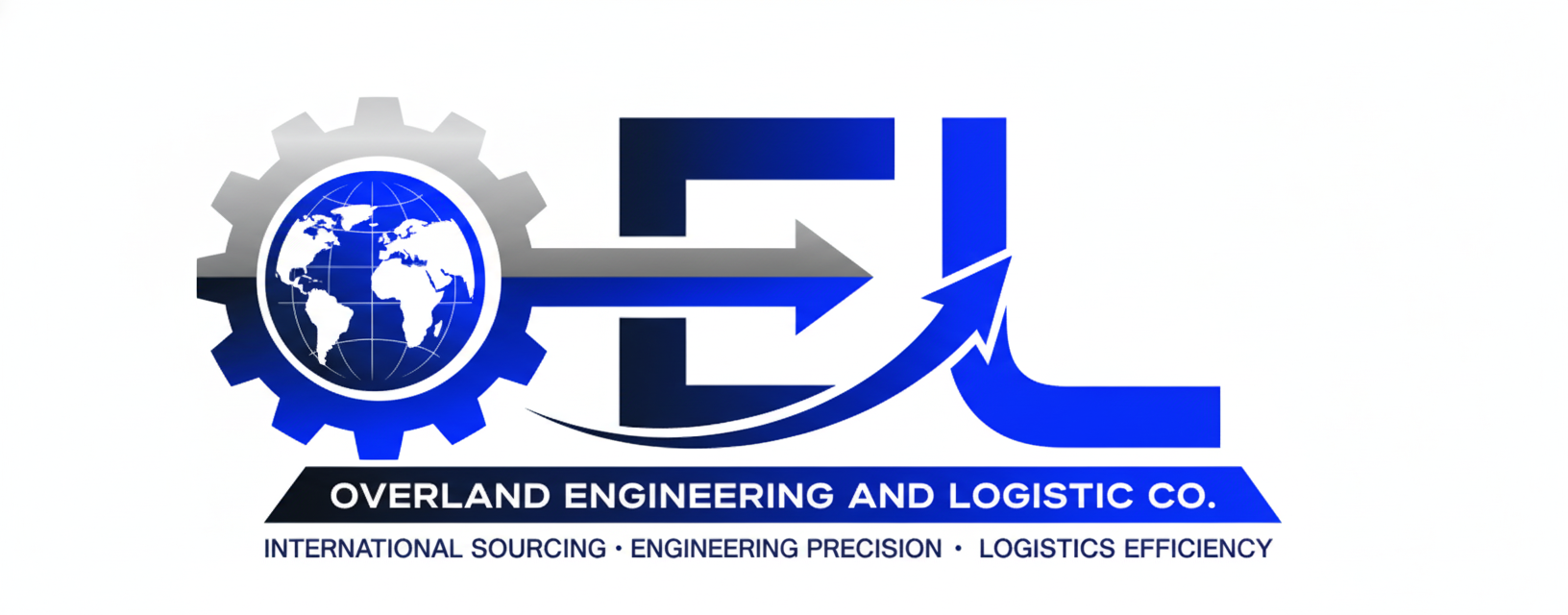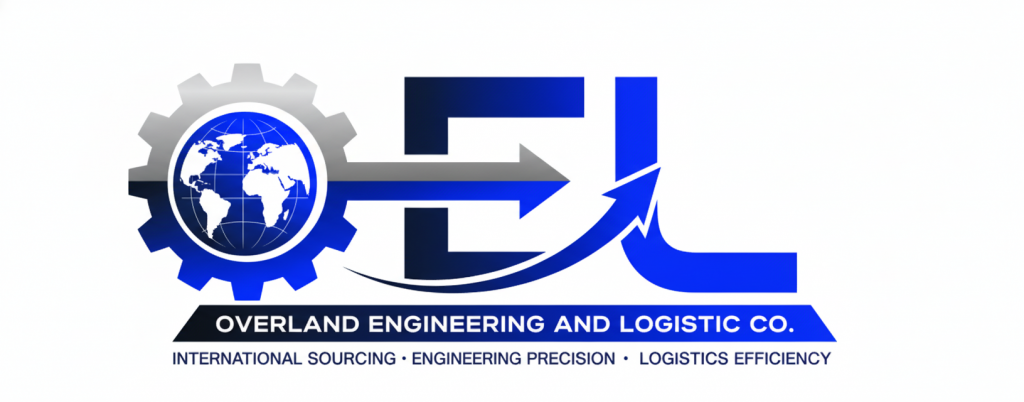If you’re involved in the world of electronics, communication device production, or circuit board manufacturing, it’s absolutely crucial to understand the difference between PCBA and PCB. This knowledge isn’t just interesting; it directly impacts your ability to select the correct printed circuit board for your specific needs.
1. It’s essential to know that they come in a variety of forms, dictated primarily by the material used for their substrate or base. There are metal-based PCBs, known for their robustness and durability. Ceramic-based PCBs, prized for their resistance to high temperatures and high-frequency performance, and FR4 PCBs, made from glass-reinforced epoxy laminate material, are commonly used for their good insulating properties and relatively low cost
2. In addition to the material choice, PCBs can also differ in flexibility and the number of layers they possess. This adaptability is really handy for gadgets that come with intricate designs or tight space constraints. Conversely, there are rigid circuit boards that stand out for their strength and durability, making them a perfect choice where mechanical sturdiness matters the most.
3. Circuit boards can be of two types: single-layered (one-sided electronic parts) or dual-layered (double-sided electronic parts). Deciding between the two largely depends on the intricacy and specific needs of the electronic device being designed.

